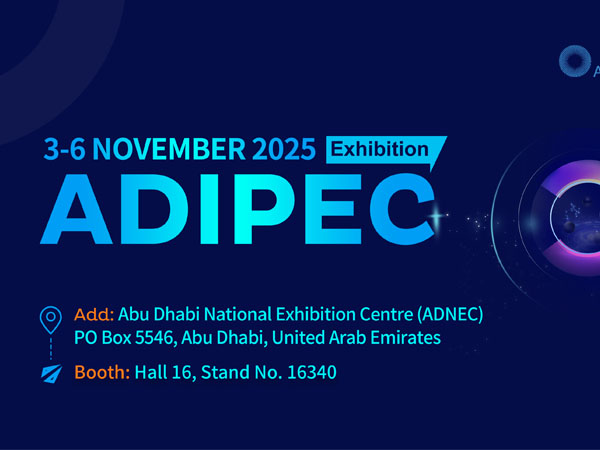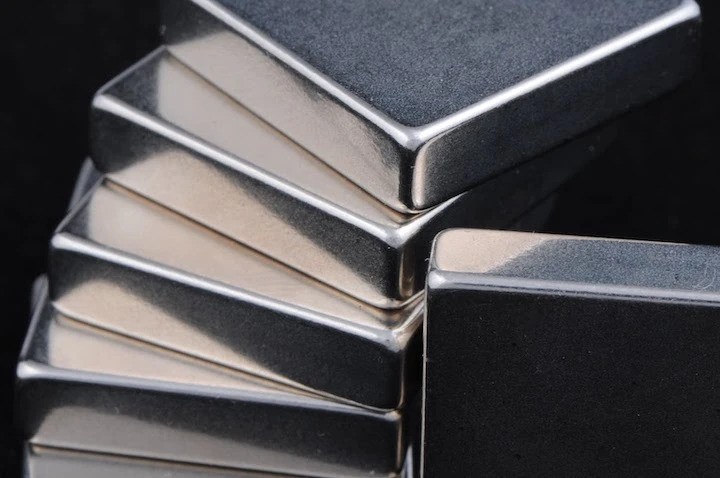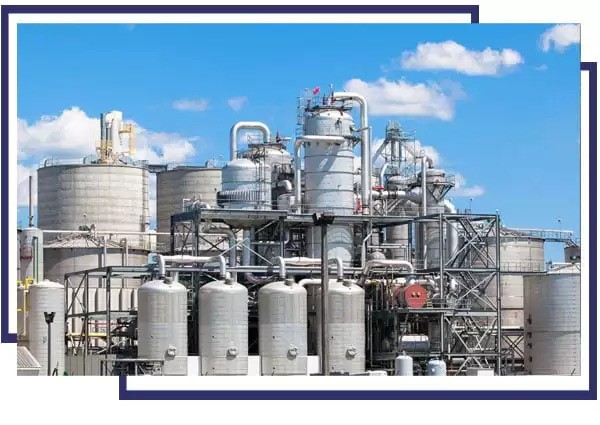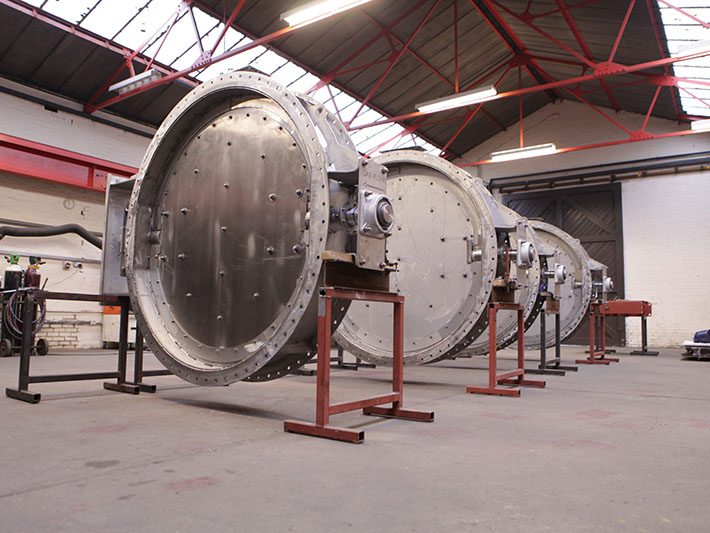





Phone
+86-731-82250427
Address
25th floor, C3 Building, Wanda Plaza, Kaifu District, Changsha, Hunan Province, China.
 May 24 2023
May 24 2023

Stainless steel and nickel-based alloys are widely used in my country's aerospace and military industries. In terms of plates, cold-rolled plates are mostly used.
Ronsco will introduce the production process of stainless steel and nickel-based alloy cold-rolled plates:
Stainless steel and nickel-based alloy sheets are usually produced by cold rolling. After the steel plate is cold rolled, it has a smooth and shiny surface, precise thickness dimension and good plate shape. The steel plate used directly in the cold hardened state (such as railway vehicles) can also obtain the required mechanical properties.
Cold-rolled stainless steel nickel-based alloys are mainly produced in coils, and only small batches, large specifications and thicker steel plates, or newly developed special steel grades are single-rolled. Of course, the production conditions of coils are not available, and single-sheet rolling is also used.
The so-called cold-rolled stainless steel and nickel-based alloy strip production is not simply "cold rolling". Annealing, pickling, grinding, etc. are required before cold rolling, and flattening, straightening, shearing, and stacking are required after cold rolling, so it is actually the whole process from the hot rolled coil to the production of the cold rolled product. .
Due to the characteristics of stainless steel and nickel-based alloys and the special requirements for product quality, the cold rolling production process has the following characteristics:
1. Stainless steel and nickel-based alloys are high-alloy steels, which have greater resistance to rolling deformation. In order to carry out high-efficiency and high-precision rolling, a rigid rolling mill should be used, and a multi-roll cold rolling mill is generally used.
2. When strip steel is cold rolled on a reversing mill, the head and tail parts wound on the coiler cannot be pressed down and are cut off and become waste products. In order to change this situation and increase the yield rate, both ends of the strip steel must be welded and leaded before rolling; in addition, if the weight of the hot rolled coil is too small, in order to improve the rolling efficiency and yield rate, the steel coil needs to be combined and welded in advance. ; On the continuous annealing and pickling line, because it is a continuous operation, the steel strip head and tail connections also need to be welded. Therefore, welding is an indispensable part of stainless steel production. However, the welding of stainless steel is different from ordinary steel, and it is much more difficult to weld than ordinary steel; in particular, some welds need to be pressed down, and the requirements for welding quality are much stricter. Therefore, the special welding process is also a feature of the production of cold-rolled stainless steel strip.
3. In the production process of stainless steel and nickel-based alloys, the raw materials (hot rolled coils) need to be annealed, during the cold rolling process, intermediate annealing is needed, and the final product needs to be annealed, so annealing is an important part of the production. There are many types of stainless steel, and the properties of various steels are different. The purpose, method and requirements of heat treatment are different from the general, and there is a unique process system.
4. Cold-rolled stainless steel and nickel-based alloys are high-grade steel products that have very strict requirements on surface quality. Not only are metallurgical defects caused by the previous procedures not allowed, but also obvious defects caused by the cold-rolling process are not allowed. For this reason, a series of elimination and protection measures have been taken in the production process. For example: in order to eliminate the oxide scale of hot rolling, hot-rolled strip steel should be shot peened and pickled; in order to eliminate the defects caused by the blank and the defects caused by cold rolling and heat treatment, the strip steel is often grinded on the grinding unit ; In order to ensure the surface quality after cold rolling, there are very strict requirements on the grinding of the rolls; in order to prevent scratches during the production process, the steel coils of each unit are required to be tightly coiled, and many units before and after cold rolling are coiled In addition, some special protective measures have been taken on the operations and equipment that are prone to scratches; in order to obtain a good and uniform surface gloss, the finished product should be sour after annealing. For washing, the bright panels with special requirements must be annealed in protective atmosphere; in order to protect the surface of the finished product, the surface of some products must be covered with a film and so on. In short, the production of cold-rolled stainless steel is a finely crafted process, which is unmatched by other steel grades.
5. The finishing of stainless steel and nickel-based alloys is also different from ordinary steel. There are some special requirements. For example, the flattening process should not only improve the shape of the plate, but also use rolls with high smoothness (except for hemp panels) to produce smooth 2B steel plates. For ferritic steel, it is also necessary to control the flat reduction (or elongation) to improve the forming performance of the steel plate, which is actually a quenched and tempered rolling. Because stainless steel is harder and has strict requirements on flatness, it must be straightened with a powerful straightening machine, and products with different thicknesses often require different straightening methods. Stainless steel cold-rolled products are usually delivered in two ways, coils and cut plates, and some need to be delivered in strips. Therefore, modern stainless steel cold rolling mills must set up slitting and cross-cutting units respectively.
6. The production of cold-rolled stainless and nickel-based alloys is a multi-unit joint operation. Process balance and process management are very important. There must be a strong production scheduling system to ensure continuous high-quality production. In addition, the equipment of the cold-rolled stainless steel plant is relatively complicated. There are many units, high-quality, sophisticated, and sophisticated equipment, involving various aspects of technology such as machinery, electricity, instrument automation, and thermal engineering. Good equipment management is to improve the production level and The fundamental guarantee of product quality.
The above is a brief introduction of Ronsco Steel Group's nickel-based alloy cold rolling process. We can provide a professional team to provide you with high-quality products. Welcome to send us an inquiry!
